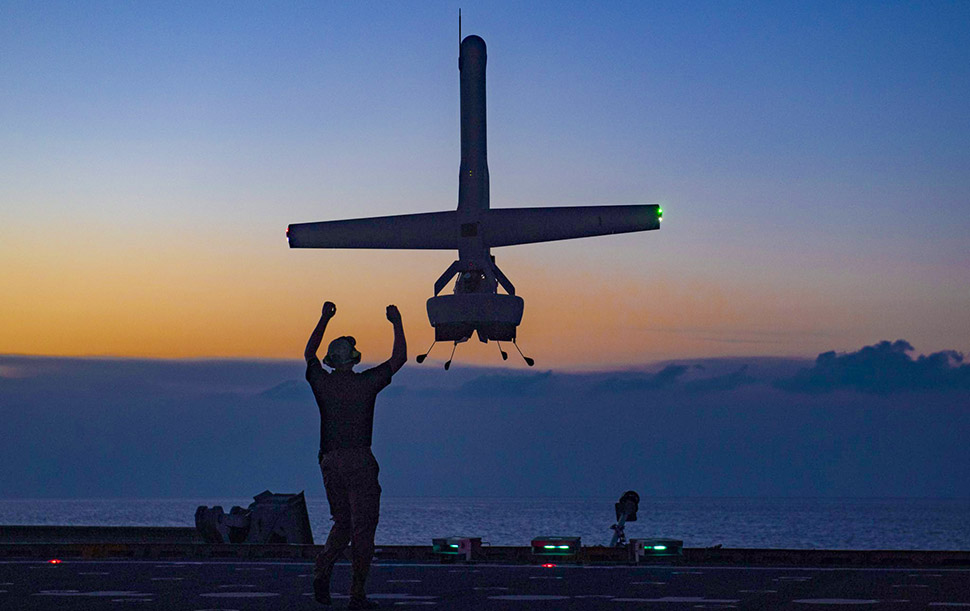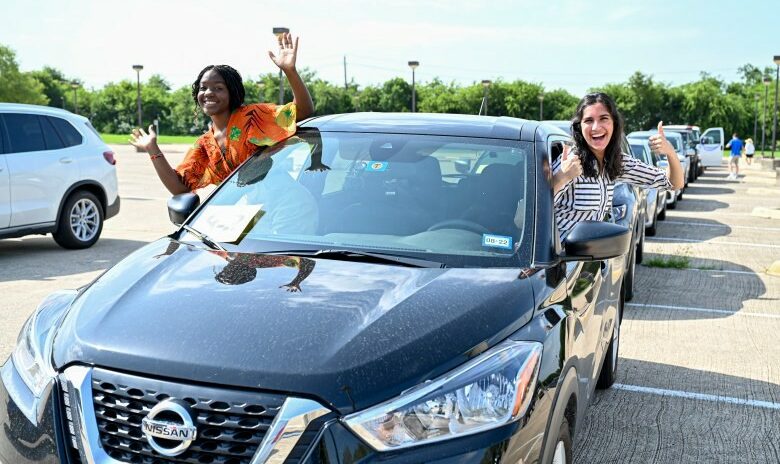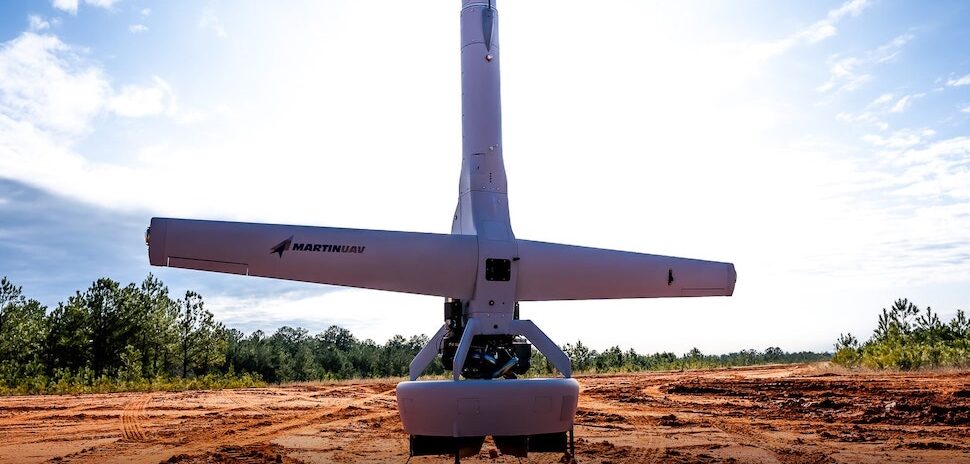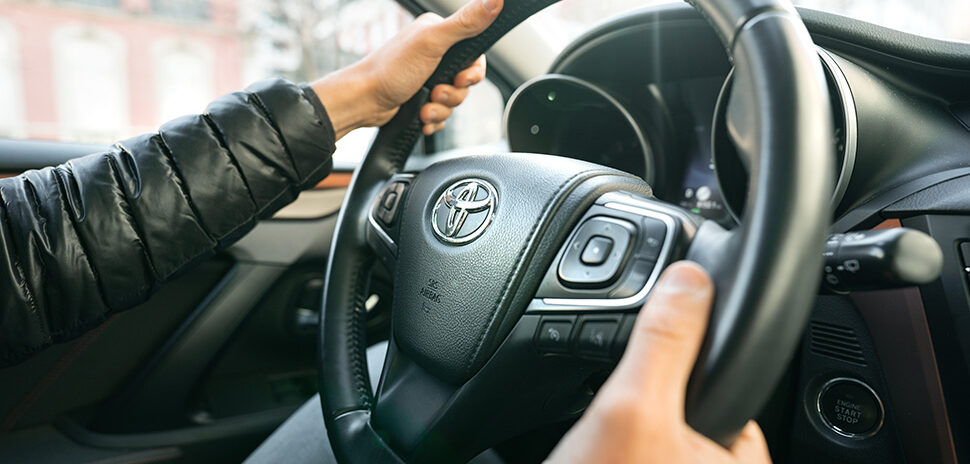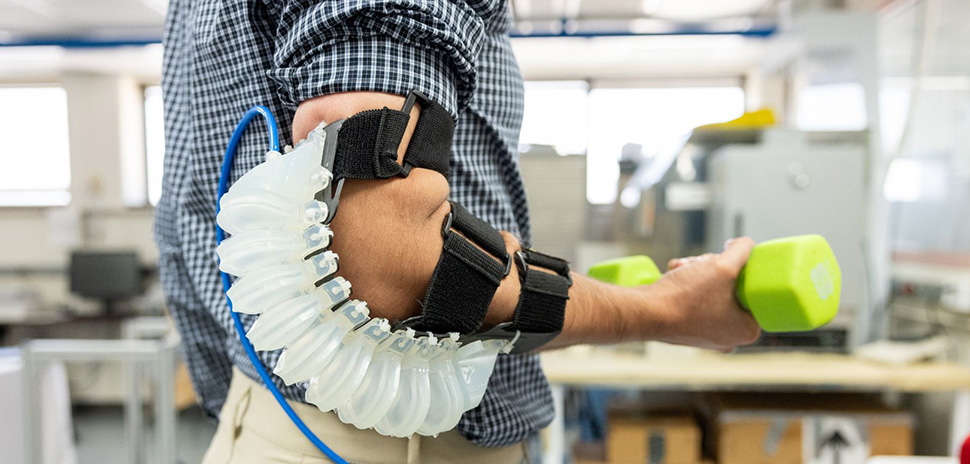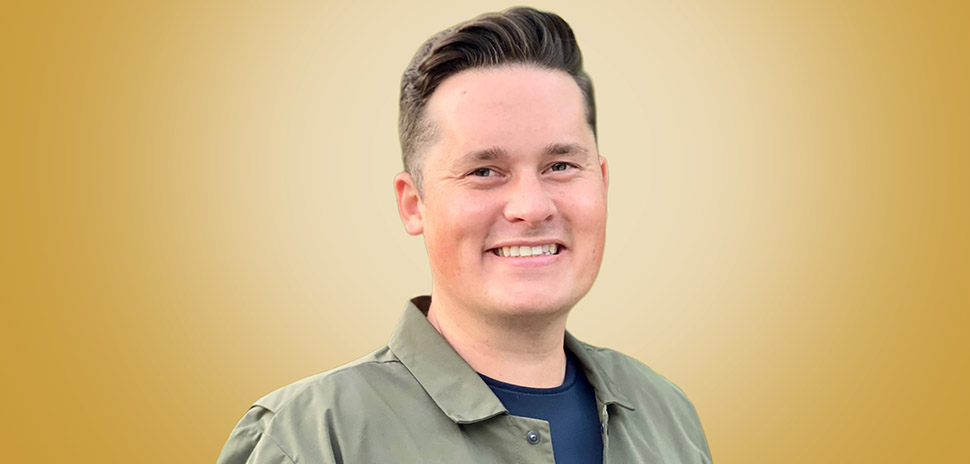Martin UAV, a Plano-based aerospace company specializing in unmanned aircraft systems and associated flight control software, has entered into a definitive agreement to be acquired by fast-growing artificial intelligence developer Shield AI.
The deal is meant to reinforce Shield AI’s status as a leader in defense-focused edge autonomy. Martin UAV is best known in the industry for its vertical takeoff and landing (VTOL) unmanned aircraft, V-BAT.
Shield AI plans to integrate Hivemind, its autonomy software that can be used for a variety of defense applications, into the V-BAT—a move that Shield AI Co-Founder Brandon Tseng says “represents the future of unmanned aircraft.”
It all comes down to meeting three main objectives: expeditionary, intelligent, collaborative.
“Expeditionary means capability on the edge, within control of the units who need it most. V-BAT is expeditionary today,” Tseng, a former Navy SEAL, said. “Intelligent means aircraft that make their own decisions to execute commanders’ intent to accomplish missions with or without reach-back. Collaborative means numerous V-BATs working together to provide access and area coverage with resilience in high threat environments,”
The V-BAT
Martin UAV built the V-BAT with convenience in mind.
The unmanned aircraft system (UAS) is unlike any on the market, the team says: It has a near-zero footprint and long-endurance capabilities, taking off and landing “in the style of a SpaceX rocket.”
It’s propelled by a single ducted thrust-vectored fan, which offers 11 hours of flight time and up to 25 pounds of carried payload. It can fit into the bed of a pickup truck or inside a Blackhawk helicopter, a size that can significantly reduce logistics cost.
And according to the Martin UAV team, it can hover and stare 10 times longer than competitors.
Customers would primarily use the V-BAT to perform Group 1 UAS to Group 4 UAS missions and beyond. It’s already been tested throughout the past two years for persistent operational experience at sea, supporting SOUTHCOM, the U.S. Marine Corps, and multiple international customers. UAS groups are determined by size and capability.
In April, Martin UAV released an upgraded version of the V-BAT to be used for defense and private sector applications, such as search and rescue, firefighting, logistic resupply, energy, and oil and gas operations. The V-BAT 128 was designed for easy and rapid tactical deployment—it takes only 30 minutes for two people to assemble the aircraft.
Heath Niemi, chief development officer of Martin UAV, said the team listened to customers and expanded the capabilities and agility of the V-BAT 128 so it could serve a wider range of mission needs.
Over the course of several weeks, the V-BAT 128 demonstrated its small VTOL footprint to launch, transport, and operate. It’s ideal for takeoff and landing in footprints of less than 12 by 12 feet on both stationary or moving platforms.
Shield AI steps in
Tseng says after he and his team extensively examined the VTOL aircraft market, they realized the architecture of the V-BAT was special.
“It looks different because it is different—no product or technical architecture is better positioned to meet current and future Department of Defense needs,” he said in a statement. “The engineers behind V-BAT solved extremely complex problems with innovative and first-principles approaches. By addressing these problems, they unlocked critical advantages over other VTOL aircraft.”
The San Diego-based company mainly develops artificial intelligence and self-driving car technologies for the defense industry. Its Hivemind, for instance, can train unmanned systems to execute a variety of missions—infantry clearance operations, breaching integrated air defense systems, and more.
Hivemind couples state-of-the-art path-planning, mapping, state-estimation, and computer vision algorithms with reinforcement learning and simulations. Adding that to the V-BAT will make it the first and only Group 3 UAS built for sustained operations in hostile environments, the companies say.
“GPS and communications on the battlefield are no longer assured,” Martin UAV CEO Ruben Martin said in a statement. “A great aircraft without an AI to make intelligent decisions will be sidelined against China, Russia, and an increasing number of adversaries who are fielding electronic warfare and anti-air systems. Shield AI is one of the only companies that has operationalized advanced aircraft autonomy on the battlefield.”
The Martin UAV acquisition follows the news that Shield AI had acquired Heron Systems last week. That deal was meant to boost applications of Hivemind for Group 5 and next generation fighter aircraft.
Both acquisitions are complementary, Shield AI said. It’s all based on a strategy to use Hivemind on unmanned systems for the defense and commercial sectors, and build a complete portfolio of systems centered around the Hivemind AI and autonomy stack.
![]()
Get on the list.
Dallas Innovates, every day.
Sign up to keep your eye on what’s new and next in Dallas-Fort Worth, every day.

